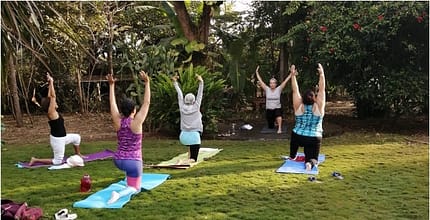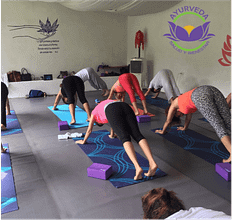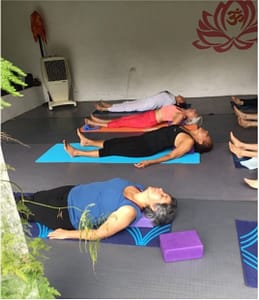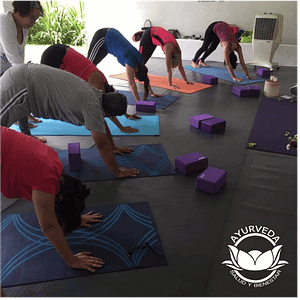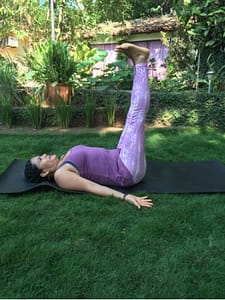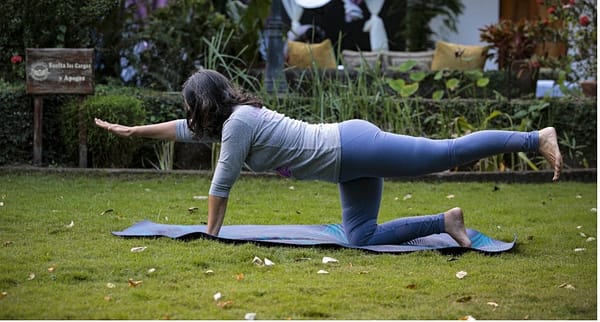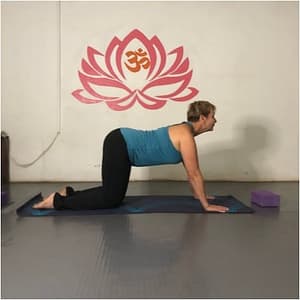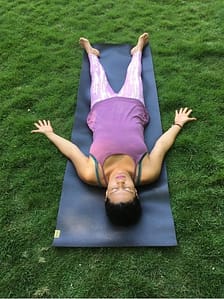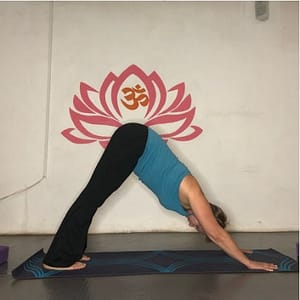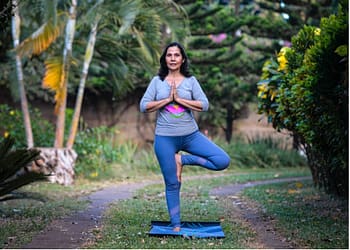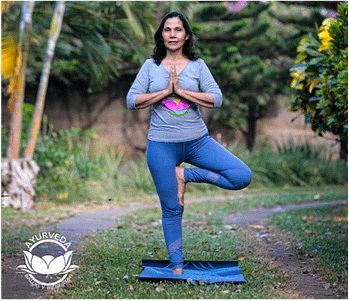 Yoga is an ancient practice of approximately five thousand years and comes from what we know today as India. The texts were written in Sanskrit and its root "YUJ" means UNION, JOIN or MERGE. Yoga is a science that works on three levels of being: the mind, the body and spirit, the latter seen as the inner essence of each human being.
Yoga is an ancient practice of approximately five thousand years and comes from what we know today as India. The texts were written in Sanskrit and its root "YUJ" means UNION, JOIN or MERGE. Yoga is a science that works on three levels of being: the mind, the body and spirit, the latter seen as the inner essence of each human being.
Yoga along with Ayurveda are sister sciences whose wisdom was collected in the Vedic texts. These sciences complement each other to provide comprehensive care to human beings. In the West, yoga works to connect the body, breathing and meditation, and Ayurveda to facilitate the processes that help keep humanity healthy, through its different physical, herbal, aromatherapy, and food therapies, among others. .
The science of yoga is collected in four main forms: Karma Yoga (Yoga of Action), Bhakti Yoga (Yoga of Devotion), Jnana Yoga (Yoga of Knowledge) and Raja Yoga (Yoga of royalty, it is a clear and well-defined for self-actualization). What we understand as Yoga in the West is derived from Raja Yoga and within it is Hatha Yoga, the most popular yoga in the West, known for the practice of asanas that are equivalent to postures, stretching, breathing, Pranayama and concentration, all of this contributing to lead the human being to states of relaxation and deep meditation to improve their physical and mental health.
Our Yoga for Health program collects the benefits of Hatha Yoga to share it with men and women on the path of physical, mental and emotional balance.
Hatha Yoga practices are especially indicated to combat stress, anxiety and depression, as well as other physical conditions.
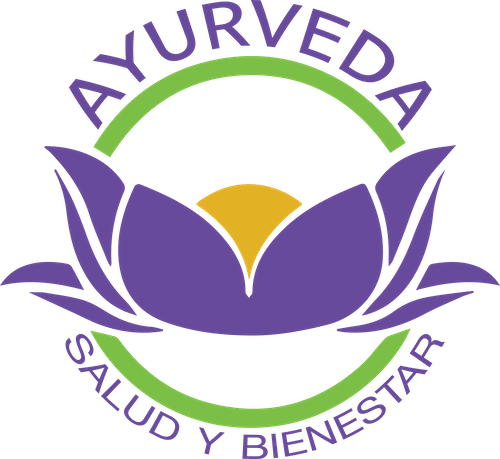

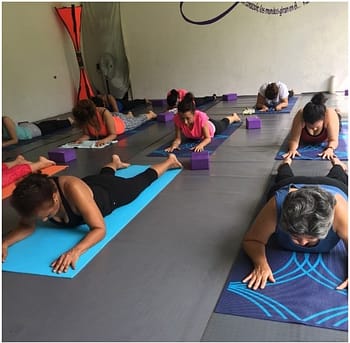 Many times we see yoga or rather the practice of Yoga as something that is out of our physical reach or that is simply made for "different" people, however, the reality is the opposite, yoga has been conceived as a practice for all humanity with its physical, cultural differences and lifestyles and its common denominator is that it is aimed at all those who seek health and well-being, balance and physical, mental and emotional harmony.
Many times we see yoga or rather the practice of Yoga as something that is out of our physical reach or that is simply made for "different" people, however, the reality is the opposite, yoga has been conceived as a practice for all humanity with its physical, cultural differences and lifestyles and its common denominator is that it is aimed at all those who seek health and well-being, balance and physical, mental and emotional harmony.